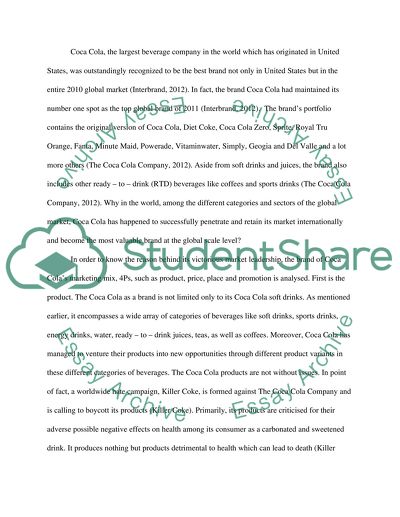Cite this document
(“Market Analysis of Coca Cola as a Global Brand Assignment”, n.d.)
Retrieved from https://studentshare.org/marketing/1395891-market-analysis-of-coca-cola-as-a-global-brand
Retrieved from https://studentshare.org/marketing/1395891-market-analysis-of-coca-cola-as-a-global-brand
(Market Analysis of Coca Cola As a Global Brand Assignment)
https://studentshare.org/marketing/1395891-market-analysis-of-coca-cola-as-a-global-brand.
https://studentshare.org/marketing/1395891-market-analysis-of-coca-cola-as-a-global-brand.
“Market Analysis of Coca Cola As a Global Brand Assignment”, n.d. https://studentshare.org/marketing/1395891-market-analysis-of-coca-cola-as-a-global-brand.


